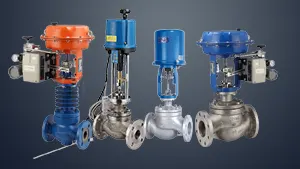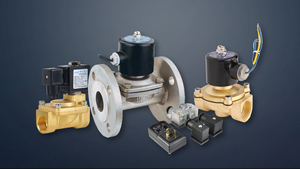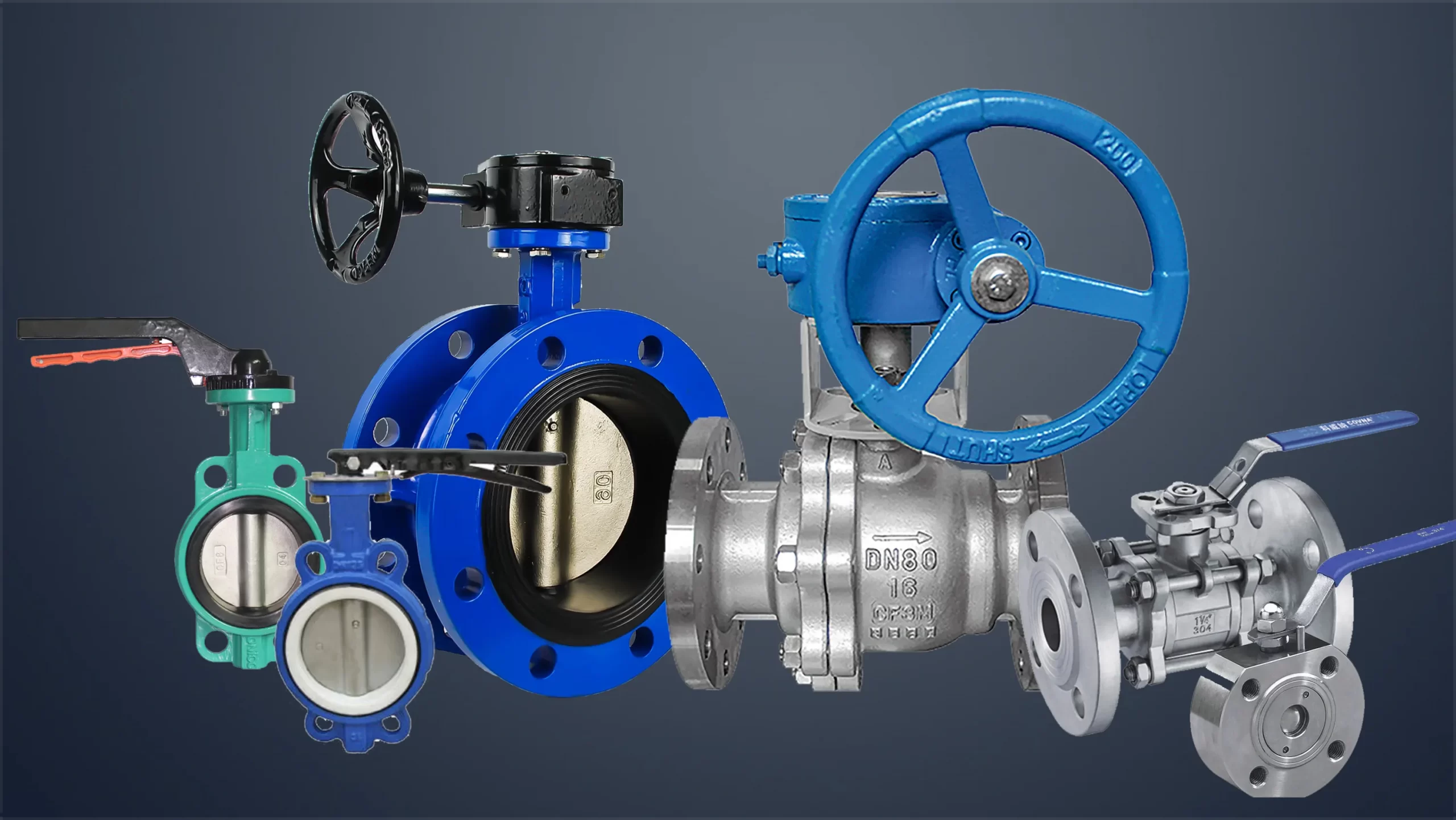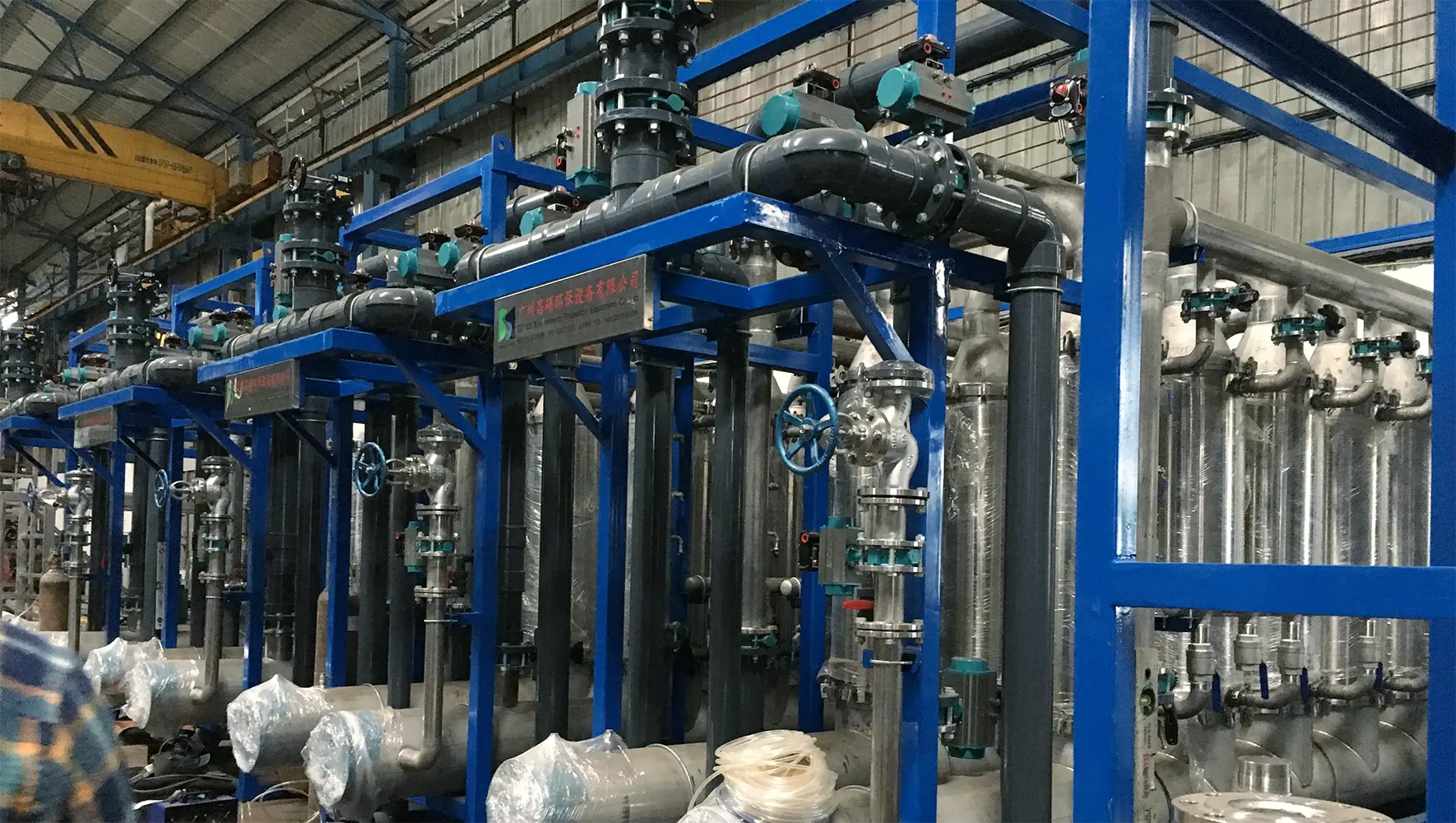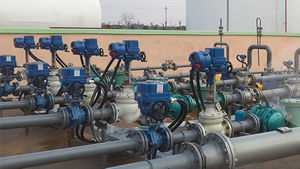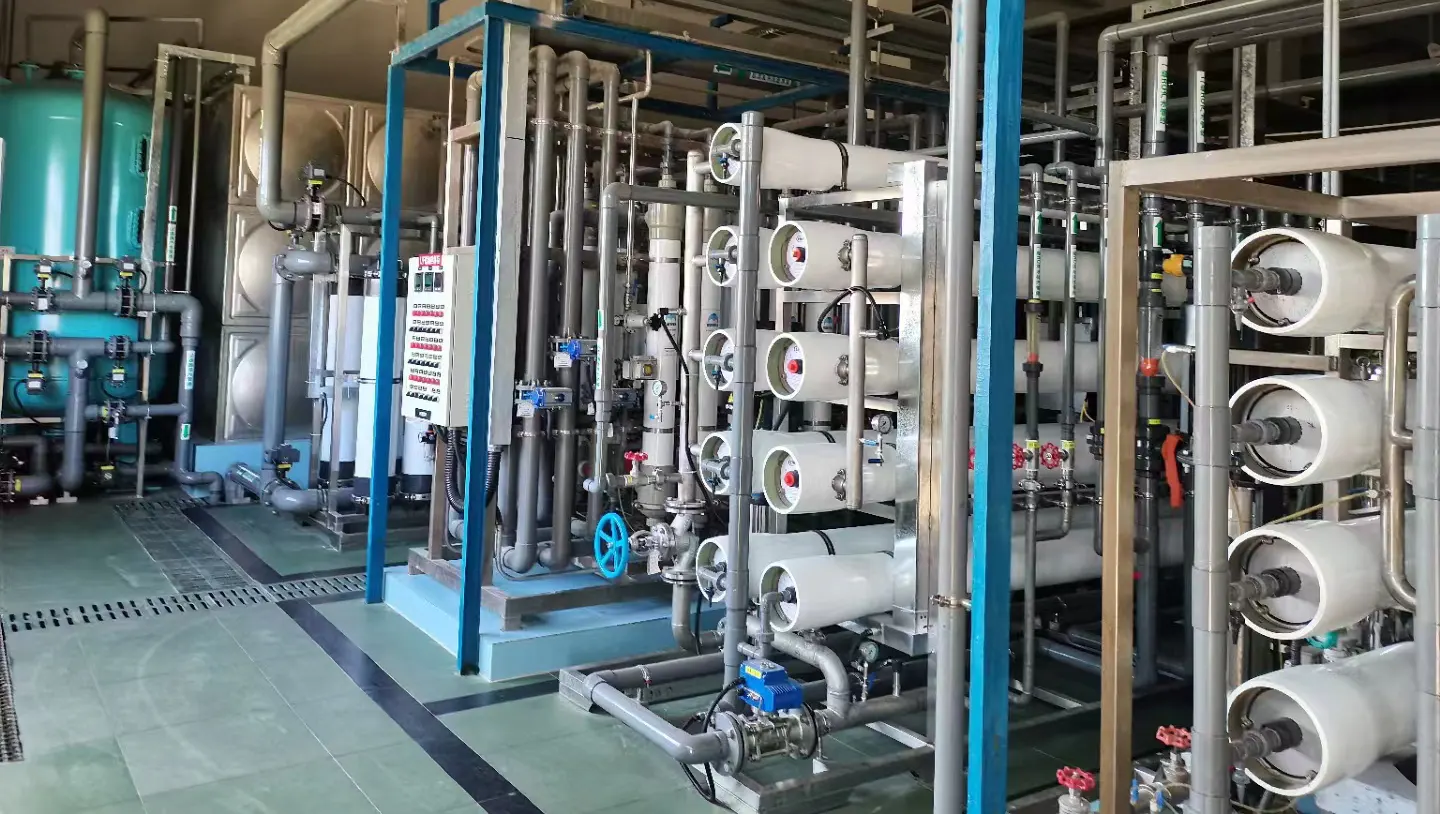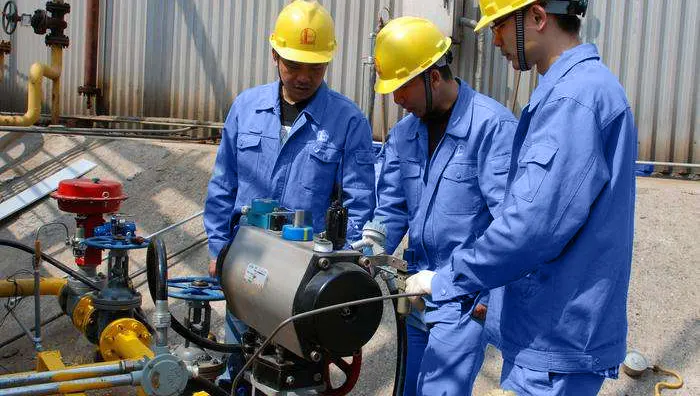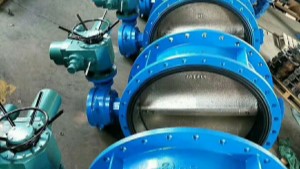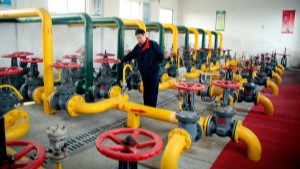Butterfly valve, also called flap valve, is a kind of regulating valve with simple structure
COVNA Butterfly valves are used in many different fluid services and they perform well in slurry applications also. They can be used in liquids, steam, cryogenics, cooling water, air, gasses, firefighting & Vacuum services. Butterfly Valve is used in all type of industries application even in High-pressure and temperature services.
COVNA offer service for customer over 120 contries.
In this article, we will explain how install and maintain butterfly valve?
1. During installation, the valve disc should be stopped in the closed position.
2. The opening position should be determined according to the rotation angle of the butterfly plate.
3. For the butterfly valve with bypass valve, the bypass valve should be opened before opening.
4. The installation should be carried out according to the manufacturer’s installation instructions. The heavy butterfly valve should be installed with a firm foundation.
5. The butterfly plate of the butterfly valve is installed in the diameter direction of the pipeline. In the cylindrical passage of the butterfly valve body, the disc-shaped butterfly plate rotates around the axis, and the rotation angle is between 0° and 90°. When the rotation reaches 90°, the valve is fully opened.
6. If the butterfly valve is required to be used as a flow control, the main thing is to select the size and type of the valve correctly. The structure principle of butterfly valve is especially suitable for making large-diameter valves. Butterfly valves are not only widely used in general industries such as petroleum, gas, chemical, and water treatment, but also used in cooling water systems of thermal power stations.
7. Commonly used butterfly valves include wafer butterfly valves and flange butterfly valves. Wafer type butterfly valve uses double-head bolts to connect the valve between two pipe flanges. Flange type butterfly valve has flanges on the valve, and the two ends of the valve are flanged to the pipe flanges with bolts.
8. The butterfly plate of the butterfly valve is installed in the diameter direction of the pipeline. In the cylindrical passage of the butterfly valve body, the disc-shaped butterfly plate rotates around the axis, and the rotation angle is between 0° and 90°. When the rotation reaches 90°, the valve is fully opened.
Then how to maintain it?
1. The relationship between the opening of the butterfly valve and the flow rate basically changes linearly. If it is used to control flow, its flow characteristics are also closely related to the flow resistance of the piping. For example, two pipelines are installed with the same valve diameter and form, but the pipeline loss coefficient is different, the flow rate of the valve will also be very different.
2. If the valve is in a state with a large throttle range, the back of the valve plate is prone to cavitation, which may damage the valve. Generally, it is used outside 15°.
3. When the butterfly valve is in the middle opening degree, the opening shape formed by the valve body and the front end of the butterfly plate is centered on the valve shaft, and the two sides form different states. Therefore, one side of the valve body and the valve plate form a nozzle-like opening, and the other side is similar to a throttle opening. The nozzle side has a much faster flow rate than the throttle side, and negative pressure will be generated under the throttle side valve. The rubber seal may fall off.
4.The operating torque of the butterfly valve has different values due to the different opening and closing directions of the valve. The horizontal butterfly valve, especially the large diameter valve, due to the water depth, the torque generated by the difference between the upper and lower water heads of the valve shaft cannot be ignored. In addition, when the elbow is installed on the inlet side of the valve, a bias current is formed and the torque will increase. When the valve is in the middle opening, the operating mechanism needs to be self-locking due to the water flow torque.
--- END ---




